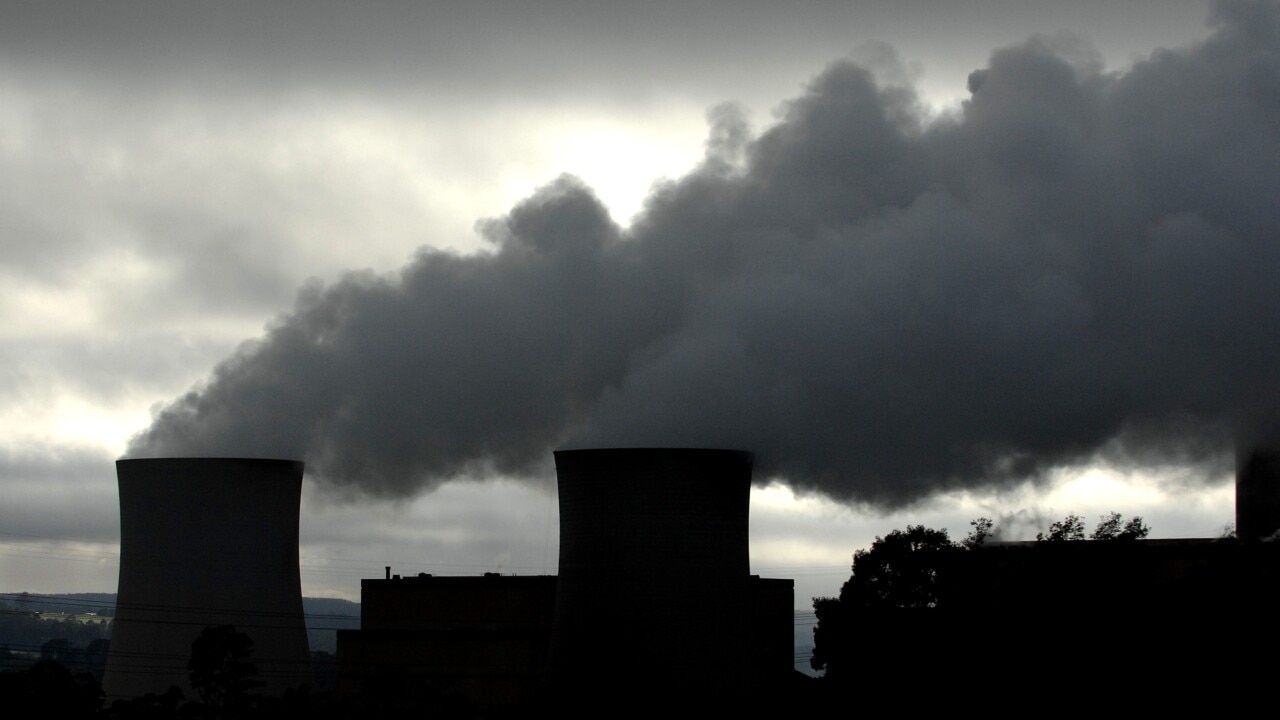Yallourn shutdown: Only shock is that it’s not closing earlier
How can the Yallourn coal plant operate for another seven years given the headwinds hitting the industry?

EnergyAustralia’s decision to close Yallourn four years early had long been anticipated by the industry. The bigger surprise was that the date wasn’t brought forward even further.
The Australian Energy Market Operator has previously warned that Yallourn could be forced out of the system as early as 2026. That forecast was made nearly 18 months ago, well before the big fall in wholesale power prices and part-way through the big surge in renewables supply that has turned the national electricity market on its head.
Since then the market has only got harder, with all the big coal generators being forced to rethink how they run their plants as earnings margins are squeezed during daytime hours by cheap solar.
While coal still props up the power system (supplying 70 per cent of market needs), its dominance is set to fall away as competition from renewables and carbon constraints render plants uneconomic. The difference between the cost of coal production and the price received for electricity has fallen to less than $20 per megawatt hour for big coal plants.
The Victorian government’s move to turbocharge its clean energy ambitions have also played a part. The state plans to double renewables’ share of the power mix to 50 per cent by 2030, but the bigger threat for EnergyAustralia is where the government will land on emissions reduction targets for 2025 and 2030.

The state has previously been linked to a reduction in pollution of between 45 per cent and 60 per cent by 2030 following recommendations from an independent expert panel chaired by former Labor minister Greg Combet.
The policy was put on hold with the government blaming COVID-19 volatility, but the owners of high-polluting brown coal plants such as Yallourn had the most to lose once a policy was pushed through.
EnergyAustralia and Victoria’s Energy Minister, Lily D’Ambrosio, were at pains to emphasise that the decision was a commercial call, but the weight of green targets played a part in the decision.
It begs the question how Yallourn can operate for another seven years given the headwinds hitting the industry show little sign of easing. It’s understood a safety net agreed with the Andrews government ensures some form of investment assistance or even underwriting.
Finally, the early closure of Yallourn is destined to spark a fresh wave of hostility between D’Ambrosio and federal Energy Minister Angus Taylor, who on Wednesday blamed the state’s renewable energy policies. He also left the door open to the government building a new energy generator if the private sector does not fill the void. Canberra is worried about what dispatchable capacity will replace stations like Yallourn.






To join the conversation, please log in. Don't have an account? Register
Join the conversation, you are commenting as Logout